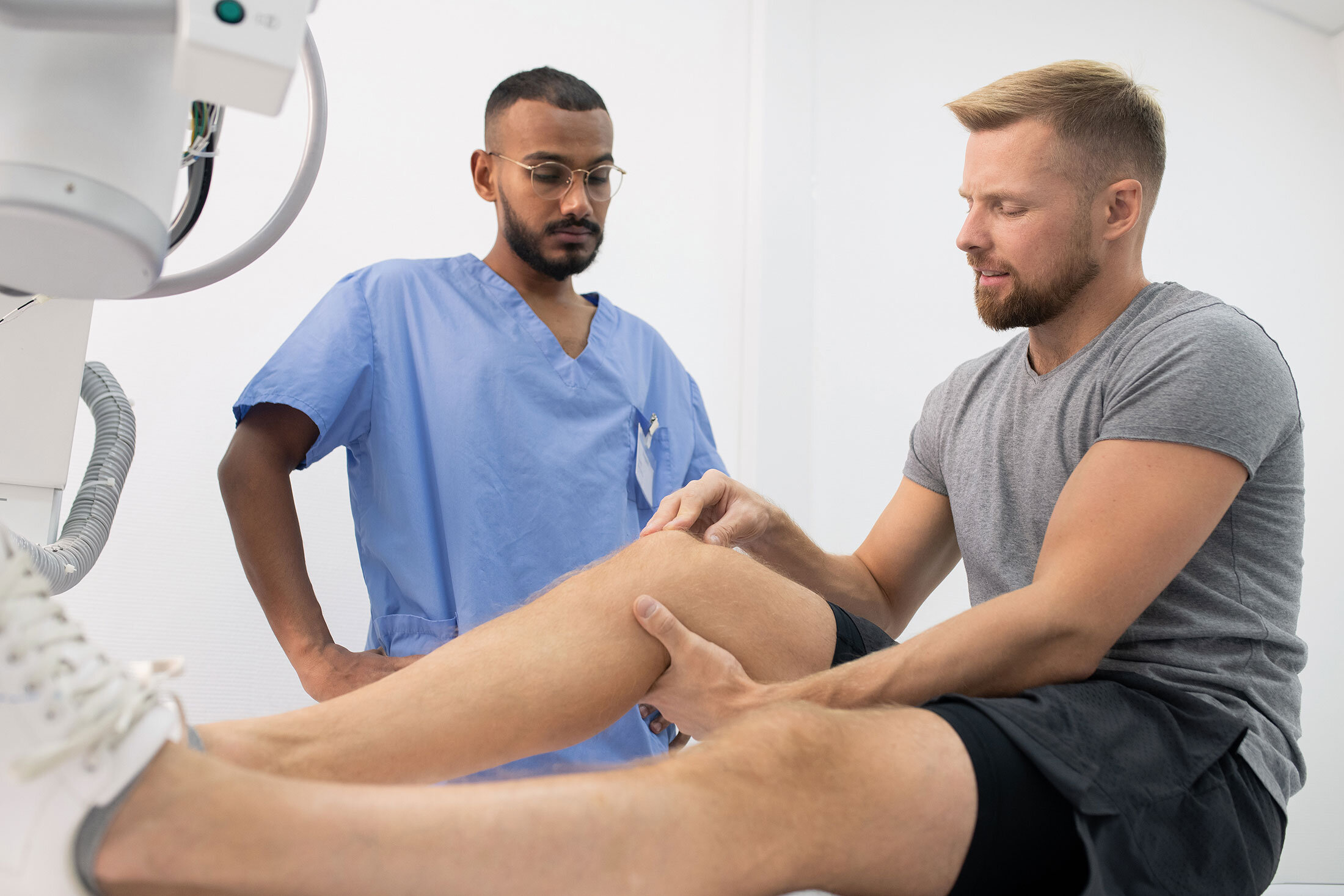SKELETAL BONE OVERVIEW
What is Osteoid Osteoma?
Osteoid osteoma is a benign tumor of the bone. This tumor is most frequently found in the legs but may occur also at other bones in nearly any part of the body. Osteoid osteoma is a tumor of children and young adults; it is very rare in older adults over the age of 50.
How is Osteoid Osteoma diagnosed?
An osteoid osteoma is often diagnosed when it causes pain. The pain is frequently in the night, and patients sometimes wake up from the pain. The pain may also occur during the day. Sometimes the pain gets worse over time. It may be dull or sharp, and gets worse with activity. Typically, patients have relief of their pain with aspirin, ibuprofen or other anti-inflammatory agents.
There may be a lot of inflammation around the tumor and the soft tissue around the tumor may be painful or swollen. Sometimes a lump may even be felt.
When these tumors are imaged, X-rays show new bone formation and sometimes a small spot that is very distinct from the surrounding bone, the nidus. Cat scans (CT) are even better able to show the new bone formation and the nidus.
What is Cement Augmentation?
Cement Augmentation is a procedure used to treat painful vertebral compression fractures in the spinal column, which are a common result of osteoporosis. The doctor uses imaging guidance to inject a cement mixture into the fractured bone. Following cement augmentation, about 75 percent of patients regain lost mobility and become more active.
When a vertebra breaks or fractures, bone fragments develop. Pain occurs when these fragments slide or rub against each other or protrude into the spinal cord. Cement augmentation involves injecting the bone with a cement mixture to fuse the fragments, strengthen the vertebra and provide pain relief. First, the skin is numbed with a local anesthetic. Then, using imaging guidance, the hollow needle or trocar is passed through the skin into the vertebral body for injection of the cement mixture into the vertebra.
What happens the day of the procedure?
This procedure is performed in the radiology department at Sacred Heart Medical Center. It is normally an outpatient procedure with patient admission in the morning and discharge home in the afternoon. Most cement augmentations take about an hour, occasionally longer.
On the day of the procedure, you should be able to take your usual medications with sips of water or clear liquid up to six hours before the procedure. You should avoid drinking juice, cream and milk. Other than medications, you will be instructed to not eat or drink anything after midnight before your procedure.
You should plan to have a relative or friend drive you home after your procedure.

